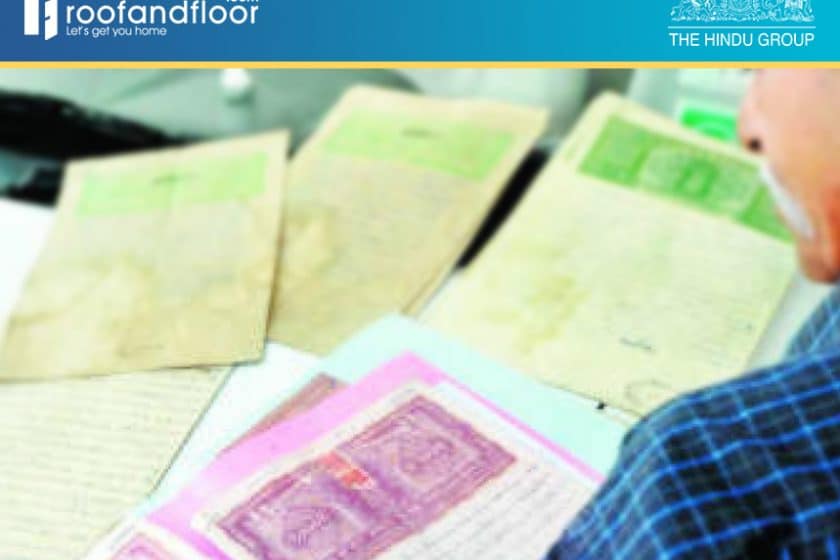If you are planning to buy a house property, you must have come across the ‘Encumbrance Certificate (EC)’. While preparing for the big purchase by bringing together all required documents, make sure you don’t miss out on an Encumbrance Certificate of the specific property.
What is Encumbrance Certificate?
An encumbrance refers to any charge created on any asset, more often used in the context of real estate. An Encumbrance Certificate or EC is a certificate of assurance that the property in question is free from any legal or monetary liability such as a mortgage or an uncleared loan.
It is of capital importance that a homebuyer obtains an EC not only to secure his legal title over the property but also to be eligible to obtain loans from most banks and financial institutions for or against the property.
How to obtain an EC?
The EC for a property is provided at the sub-registrar office in which the property has been registered. To ascertain the transactions that have taken place concerning a property-
- The application is to be made to the registration office for an EC, along with an attested copy of the proof address, details about the property, its title details, and the fee applicable for obtaining the Certificate.
- The officer will inspect the Indexes for details in the specified period.
- An Encumbrance Certificate with the details of the transactions in the specified period, or if no transactions have taken place, a Nil Encumbrance Certificate (NEC), is issued.
- The certificate is issued 15-30 days from the date of application.
- The forms of the applications and certificates are specified in the annexures to the rules of the Registrations Acts of the respective states. Usually, an application is made in Form No. 22 and the EC are issued in Form No. 15, NEC in Form No. 16 of the respective state rules.
What you’ll find in the EC
In a leading case, the High Court of Karnataka has rightly observed that “an Encumbrance Certificate relating to an immovable property issued by the Registration Office is not only of encumbrances but of all acts and encumbrances affecting such property.”
All transactions relating to the property that have been recorded by the Registrar will be looked into, and necessary details will be made to reflect in the EC.
The Certificate usually pertains to a specific period and transactions relevant to that period alone will be considered. Another important consideration is that the EC will reflect only those transactions and documents that have been registered with the office. Certain documents such as testamentary documents and short-term lease deeds need not be registered under the law, and are therefore excluded from the purview of the transactions recorded at the sub-registrar office.
Completion and Occupancy Certificates
An EC is to be distinguished with a Completion Certificate (CC) or Occupancy Certificate (OC).
A CC is issued by the local authority to a builder or developer upon the completion of construction of a building in compliance with the building plan and other regulations. Once a CC is obtained, the local municipal authorities issue an OC or a Possession Certificate (PC) as a declaration of no objection in allowing the occupancy of the building.
Therefore, if you are looking to buy a house property, it is ideal to check that the builder or developer has been issued a CC and OC.
This article was originally published on www.thehindu.com dated July 23, 2017


